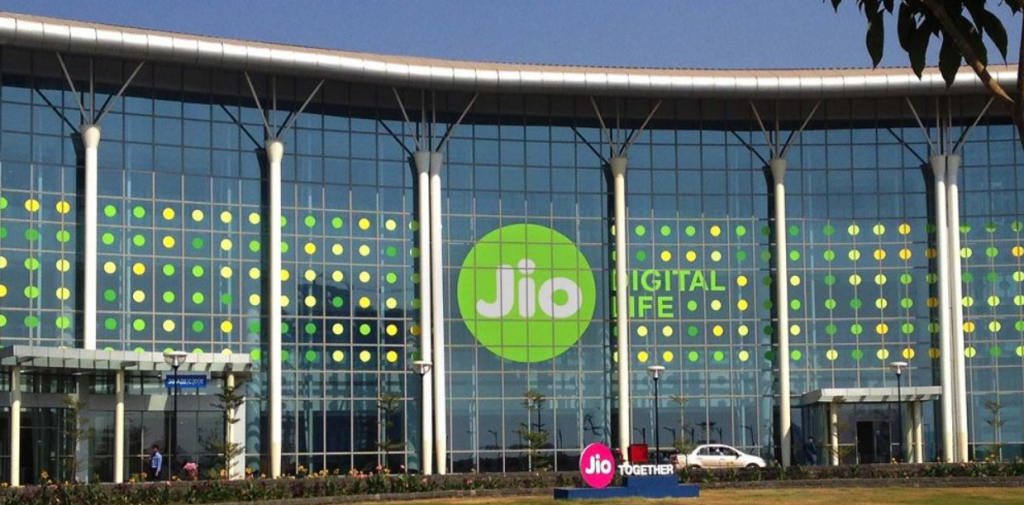Two of India’s leading telecom providers are Bharti Airtel and Reliance Jio. Both providers had recently launched their 5G network services across the nation. Both telecom behemoths have also expanded their 5G service to a few selected Indian cities in a very short span of time. The prices of their tariff plans were supposed to go up after the 5G network launched, but this didn’t happen right away. Whatever the case, it appears that both industry giants are planning to raise the prices of their tariff plans across the nation.
According to analysts at Jefferies, mobile bills could increase soon as telecoms are expected to raise prices by as much as 10%. According to the brokerage’s most recent analysis, 10% pricing increases from Bharti Airtel and Reliance Jio are predicted to be announced in the fourth quarters of FY23, FY24, and FY25. The telcos have already reaped most of the benefits of the recent tariff increase, and pressure is mounting on their revenue and margins. Analysts claim that this requires telcos to raise their rates.

Airtel removed the 99-pack in a few circles earlier this year to test the rate rise boundaries. The tariff increase strategy, according to analysts at Jefferies, is ideal for the telco’s intentions to expand into rural areas, which would likely further reduce profits. Airtel’s EBITDA margin decreased from 43.7% in Q1 to 36.9% in Q2. Additionally, analysts at Jefferies claimed that rising subscriber attrition and requests for mobile number portability (MNP) indicated escalating competition in the Indian telecom industry.
“The increase in MNP requests over the previous five months suggests increased market competitiveness for customers. The greater churn rates observed during Q2 FY23 across telcos are more evidence of this, according to the Jefferies analysis.
Jio and Airtel combined attracted 2.2 million new users, according to Telecom Regulatory Authority of India (TRAI) subscriber data for October 2022. However, Vodafone Idea’s troubles persisted as its subscriber base shrank by 3.5 million.
Related
- As Many As 50 Cities Are Now Covered With 5G Networks in India
- Jio Phone 5G certified by Bureau of Indian Standards, could launch soon
- Jio Phone 5G with Snapdragon 480+ SoC, 4GB RAM spotted on Geekbench







